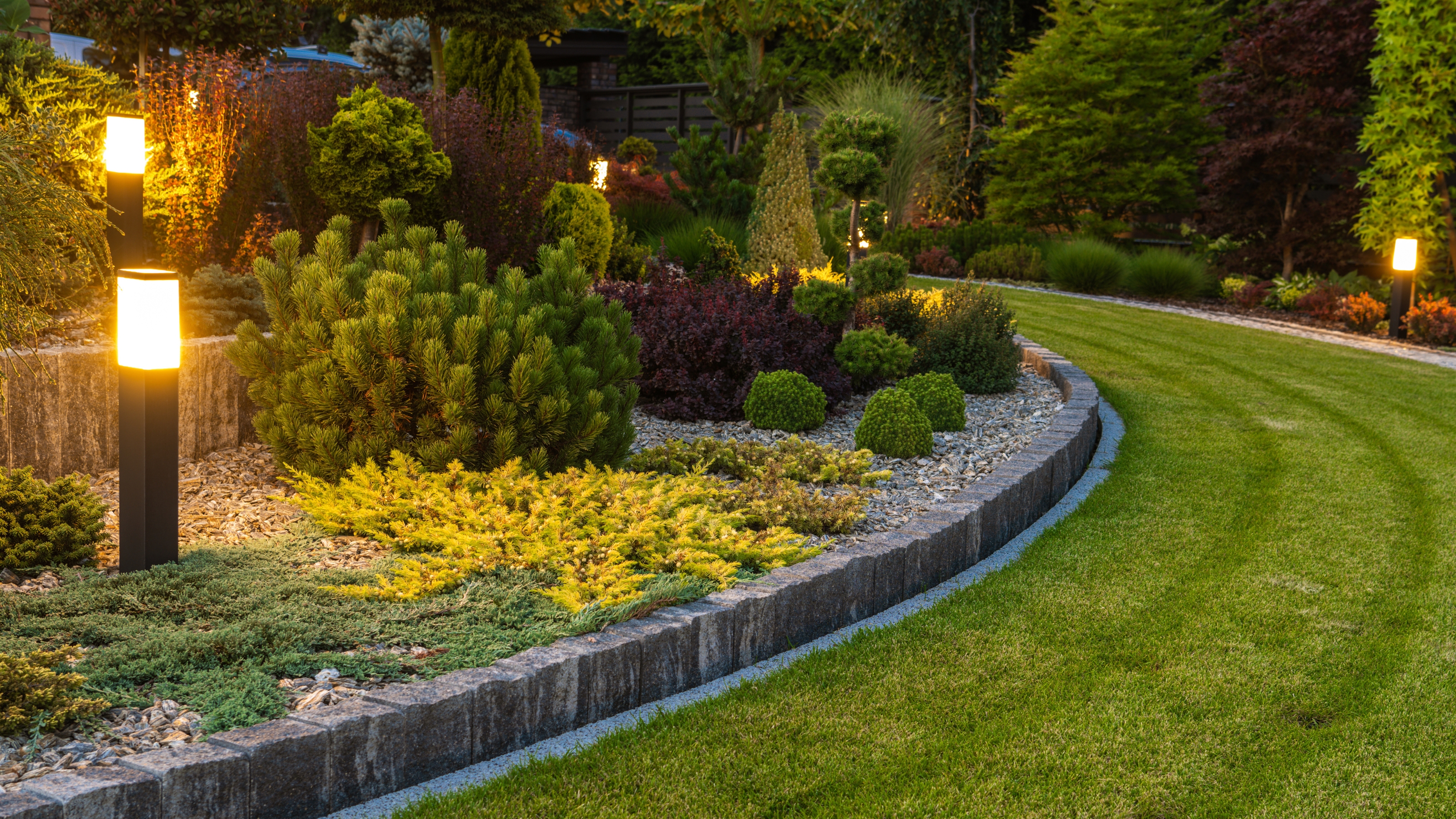

If you're thinking about renovating your garden, you may be wondering — how much does landscaping cost?
Our landscaping and property experts are here to help, with detailed advice on everything from budgeting to weighing up whether to go professional or DIY.
Landscaping can transform your yard into a beautiful, functional space, but understanding the costs involved is crucial. With an endless list of brilliant backyard landscaping ideas to consider, you'll want to know how much your favorites will set you back.
Plan your landscaping project like a pro
From low-maintenance garden ideas to grander garden designs, the key is budgeting wisely and getting the best bang for your buck.
Here's our comprehensive expert guide to help you estimate landscaping costs, keep expenses down, and calculate your budget effectively.
Estimating landscaping costs
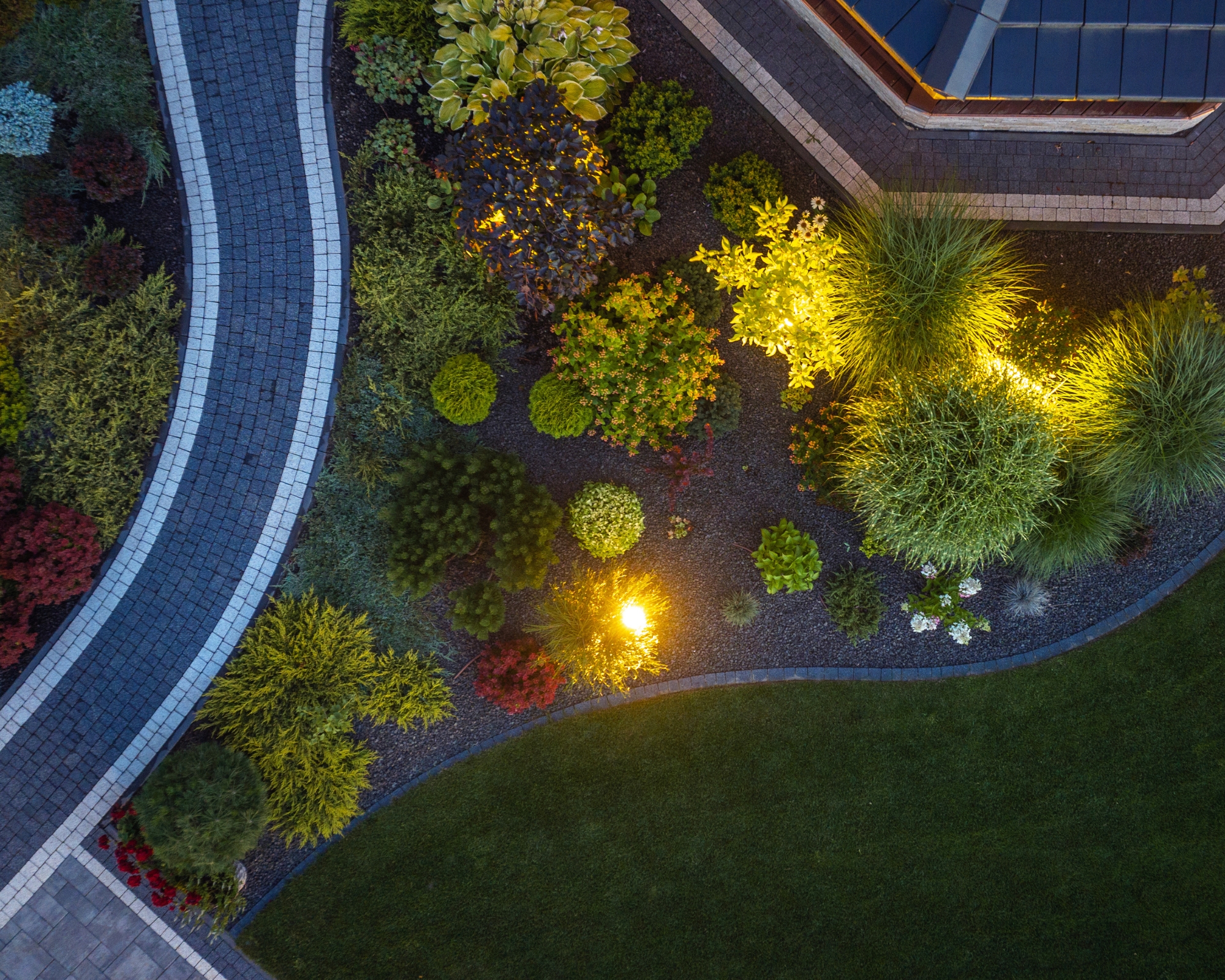
The cost of landscaping varies based on the size of the yard and the complexity of the project.
For small yards (under 1,000 square feet), expect to spend between $1,000 and $5,000. Medium yards (1,000-2,500 square feet) typically cost between $5,000 and $15,000. Large yards (over 2,500 square feet) can range from $15,000 to $50,000 or more, depending on the extent of the work. These estimates include elements like plants, sod, mulch, and basic hardscaping such as patios or walkways.
Bryan Clayton, CEO of GreenPal, has spent more than 22 years designing and installing landscaping projects. He says, "When it comes to figuring out how much a landscaping project might cost, I've always found that roughly 5-10% of a home's value gives a good ballpark. For a $300,000 house, you're looking at about $15,000 to $30,000. It scales up with the property value, so a million-dollar home might see landscaping costs of around $100,000."
Keeping costs down
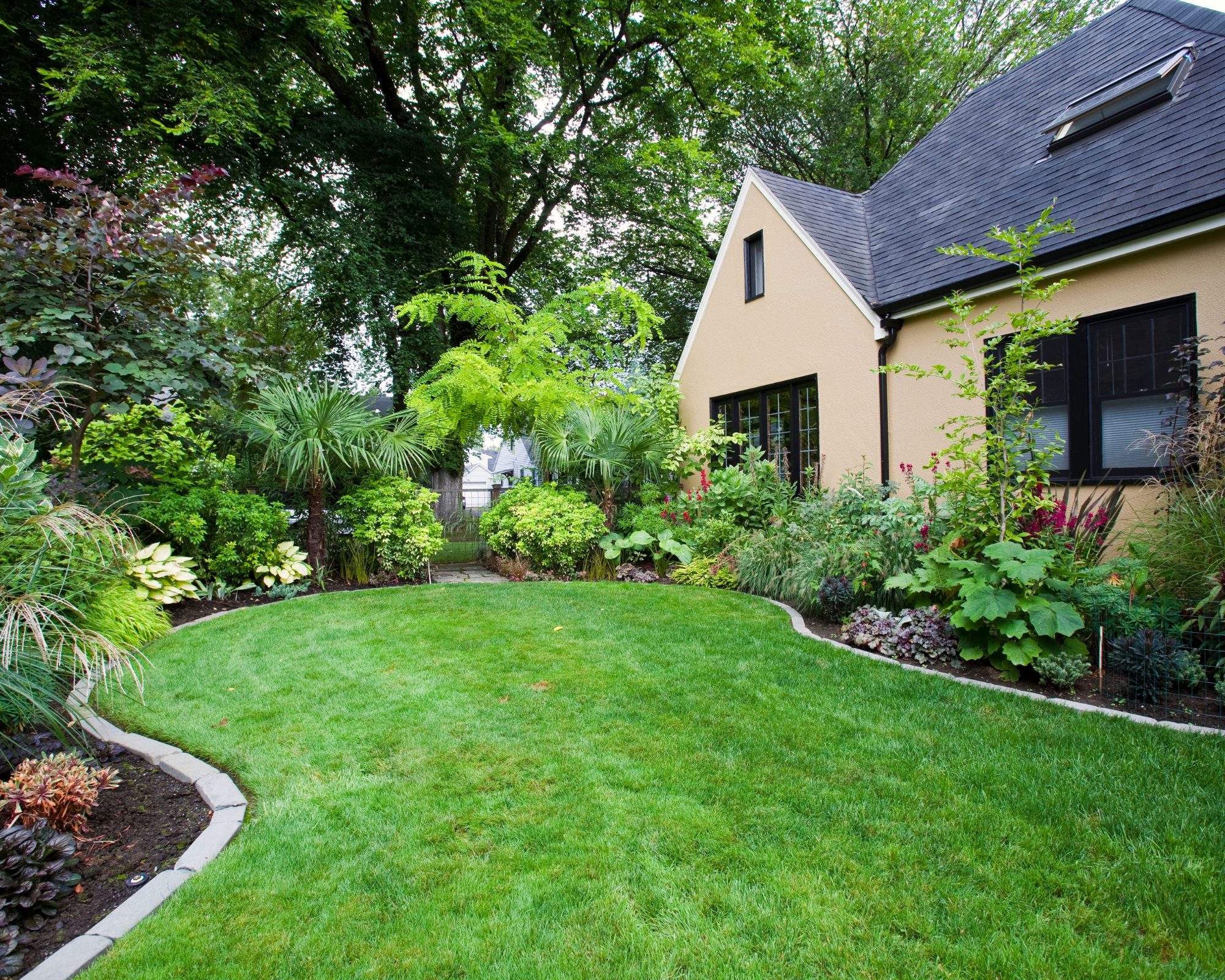
To keep landscaping costs manageable, focus on prioritising essentials and utilising budget-friendly alternatives wherever possible.
Bryan says, "To keep costs manageable, start with the basics like an irrigation system and foundational shrubs, then gradually add more complex features like hardscapes.
"Breaking the project into phases can also help by spreading out the expense over time. Also, choose materials that offer durability and affordability. For example, gravel is less expensive than paving and easier to maintain."
Tommy Mello, founder of A1 Garage Door Service, has experience of more than 200 landscaping projects in the last decade alone. He says, "One effective approach is to choose cost-effective materials. For example, using mulch instead of stone can be more affordable while still providing the desired aesthetic and functional benefits. Selecting native plants is another way to save money, as they typically require less water and maintenance, reducing both initial and ongoing costs.
"Homeowners can also reduce expenses by tackling simpler tasks themselves. Planting, weeding, and basic lawn care are manageable DIY projects that can significantly cut labor costs without compromising the overall quality of the landscaping."
Finally, consider scaling back on expensive features like intricate water features or extensive lighting.
DIY vs professional work
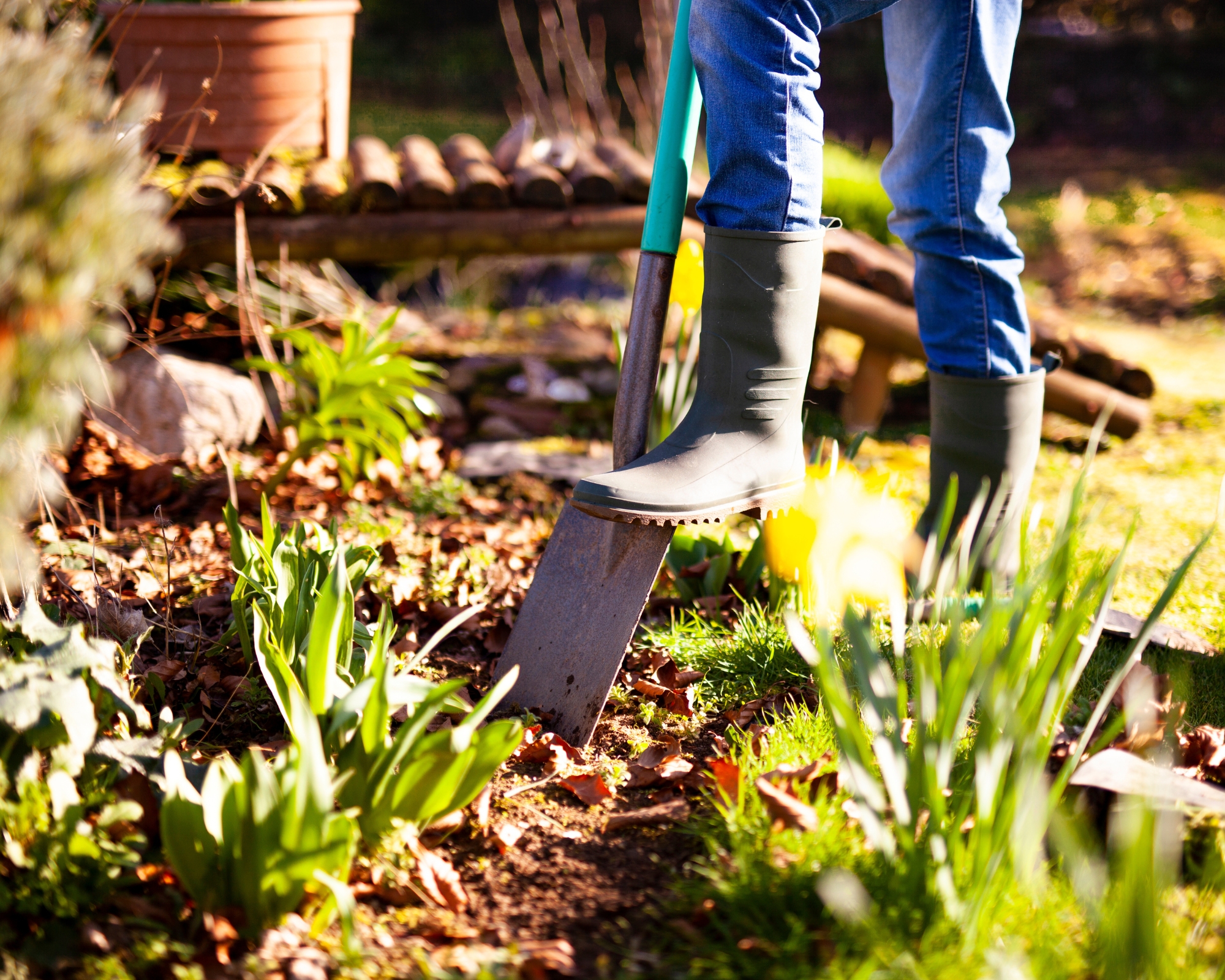
Deciding between DIY and professional landscaping depends on your budget and skill level. DIY projects can significantly cut costs but require time and effort.
Tommy says, "Deciding between DIY and professional landscaping work depends on the project's complexity and the homeowner's skills. Simple tasks such as planting, weeding, and laying mulch are often suitable for DIY efforts and can save a considerable amount of money.
"However, more complex undertakings, such as designing the layout, installing irrigation systems, or constructing patios and decks, should be left to professionals. Professionals bring expertise and experience that ensure these critical aspects of the project are completed correctly and sustainably, avoiding costly mistakes and ensuring a polished finish."
Rafi Friedman, president of Coastal Luxury Outdoors, adds, "The DIY approach can definitely help to keep costs down, but it's best to stick to simple, low-impact tasks like planting flower beds or spreading mulch. Anything that requires very heavy lifting (like planting large trees) or specialized skills (like pouring concrete) is usually best left to the pros."
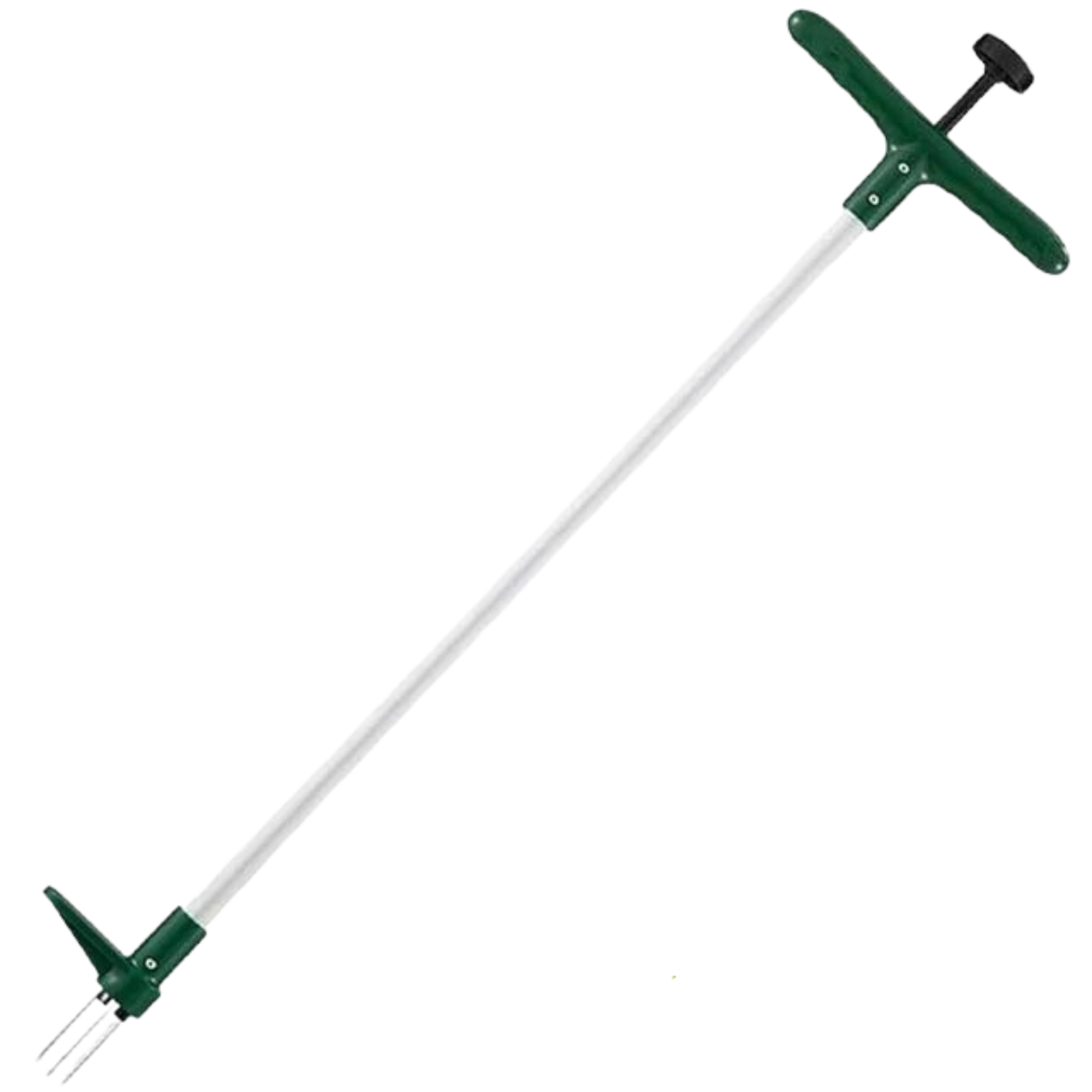
Price: Was $35.99, Now $29.99
Size (in.): 39.5H x 9.5W x 2.5D
This long-armed weeder is ideal if you decide to go the DIY route with your landscaping. It's made of durable, rust-resistant stainless steel — among the best outdoor materials you can buy. At 39 inches, it helps avoid back aches while the long handle allows a solid grip.

Price: From $9.99 (pack of two)
Sizes: Small, medium, and large
Safe for humans and the environment, as certified by OEKO-TEX STANDARD 100, these lightweight COOLJOB Gardening Gloves are created with a sturdy, foamed, breathable, latex coating. Expect an excellent grip, super stretchy base, sweat-free hands, and cute color options to boot.
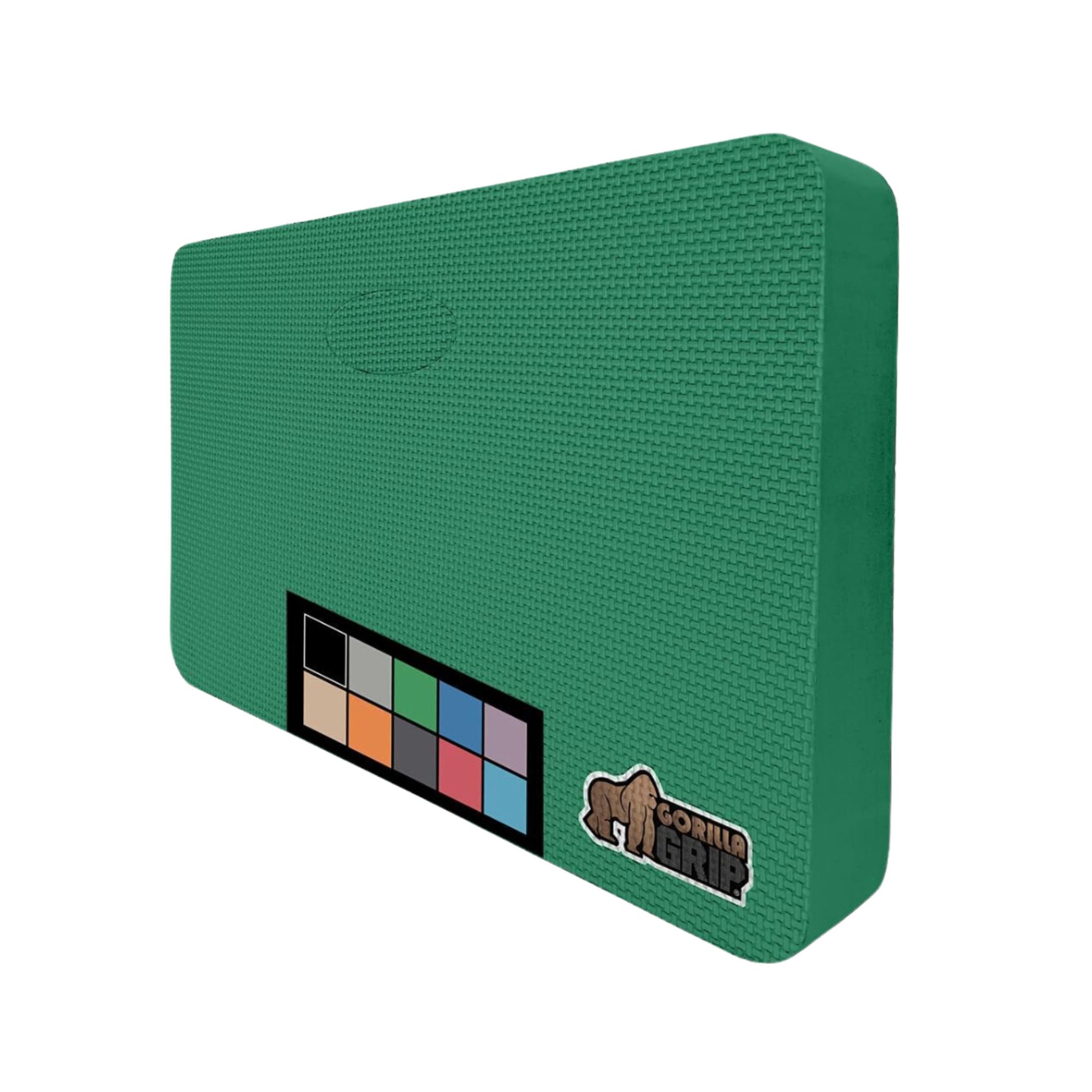
Price: Was $33.29, Now $18.99
Dimensions (in.): 17.5 x 11 x 1.5
This Gorilla Grip Extra Thick Kneeling Pad offers comfort without slippage when going DIY in your yard, alleviating joint aches during lengthy gardening tasks. With 21,500 reviews and an average of 4.6 stars given by happy customers, thousands of keen gardeners approve.
Cost of designers
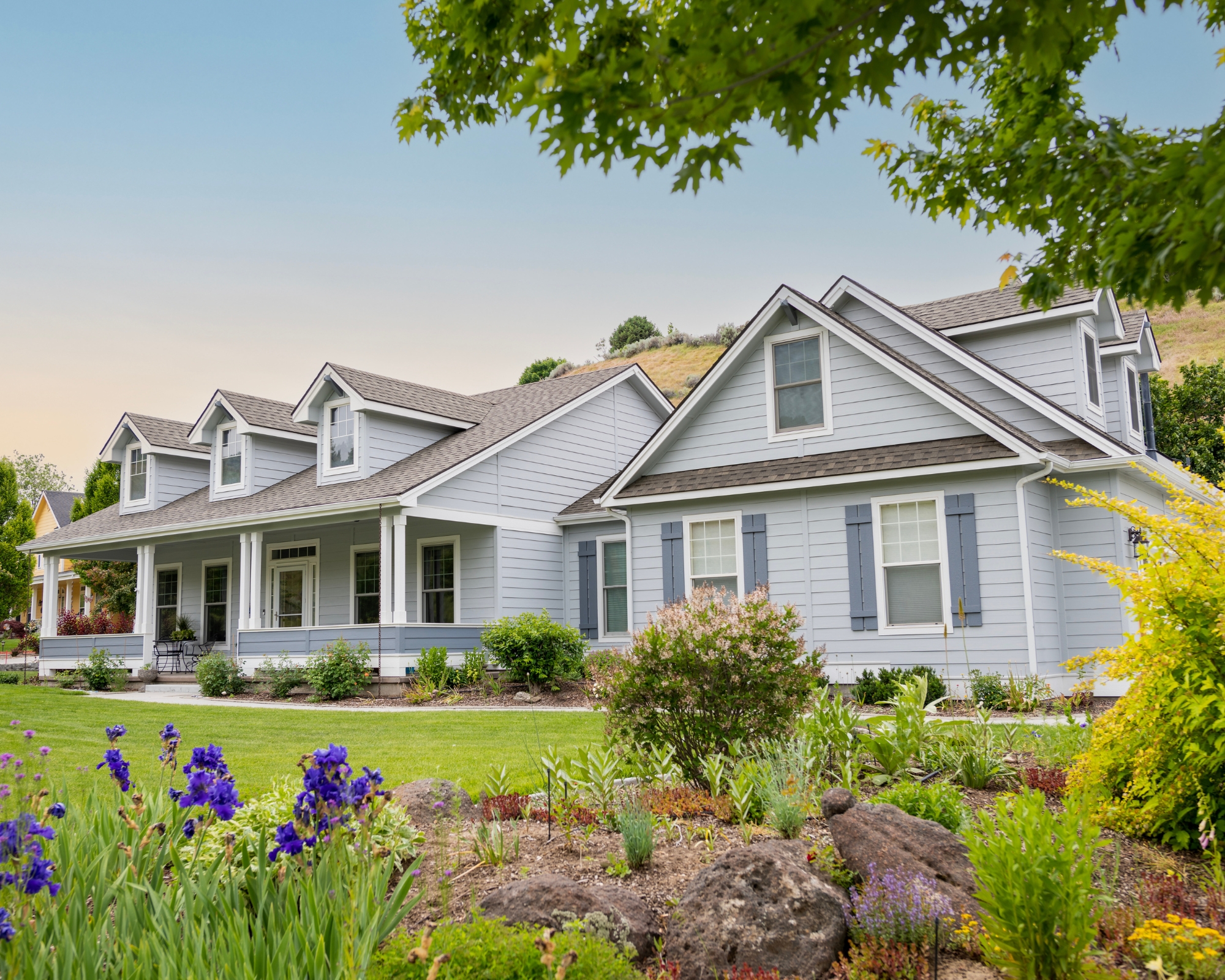
Hiring a landscape designer can enhance your yard's aesthetic and functionality — but how much can you expect to pay?
Tommy says, "The cost of hiring a landscape designer varies widely across different states due to regional differences in labor costs and living expenses. On average, homeowners can expect to pay between $50 and $150 per hour for professional design services. For smaller projects, design fees might range from $500 to $1,500, while more extensive projects can incur costs from $2,500 to $5,000 or more.
"While these fees might seem substantial, investing in a professional designer can lead to a more cohesive and well-planned project, potentially saving money in the long term by avoiding costly redesigns or fixes."
While adding to the initial cost, a well-designed plan can save money in the long run by avoiding design flaws and maximizing space efficiency.
Budgeting formula
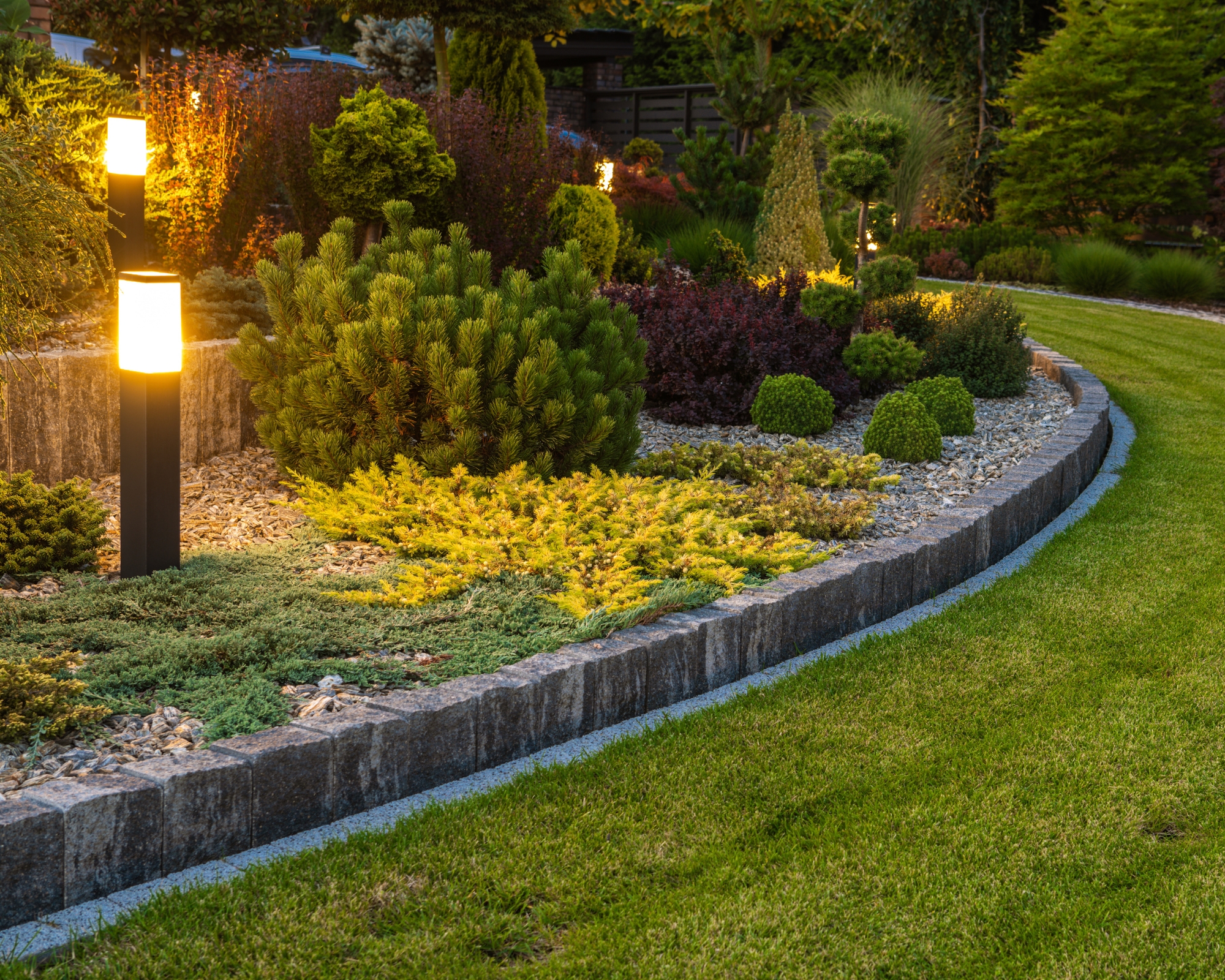
Estimating the likely costs of redesigning your yard can be done through some rough calculations.
Tommy says, "A practical way to estimate your landscaping budget is to use a rough formula that accounts for various project elements. Start with the design fee — if there is one — then add the product of the yard’s square footage and the average cost per square foot for landscaping in your area.
"Next, include your budget for plants and materials, and finally, add any costs for special features such as a deck or water feature. This formula helps provide a structured approach to budgeting, ensuring all critical components are considered."
For example, for a medium yard of 2,000 square feet with an estimated cost of $10 per square foot, the initial budget would be $20,000. This might rise to $22,500 after accounting for plants, materials and a water feature.
For extra safety in planning, it's also good practice to add a buffer of 10-15% for unexpected expenses. This would bring our example project to an estimate of around $25,000.
FAQs
How much do landscape gardeners charge?
Tommy says, "Landscape gardeners generally charge either by the hour or by the project. Hourly rates can range from $50 to $100, while project-based fees depend on the scope and complexity of the work. It's crucial to obtain detailed quotes and clarify what is included in the price to avoid any unexpected expenses."
What are the most cost-effective trends in landscaping?
Native planting, xeriscaping, and using recycled materials are among the most cost-effective trends. These approaches reduce maintenance and water costs while promoting sustainability. Additionally, simple designs with multifunctional spaces, like combined seating and planting areas, can provide high value at a lower cost.
How can I ensure my landscaping project stays within budget?
To stay within budget, start with a detailed plan and clear priorities. Tommy says, "Prioritize essential elements, obtain multiple quotes, and consider implementing the project in phases. Starting with the most critical aspects and adding features over time as your budget allows can help manage costs effectively."
Meet our experts
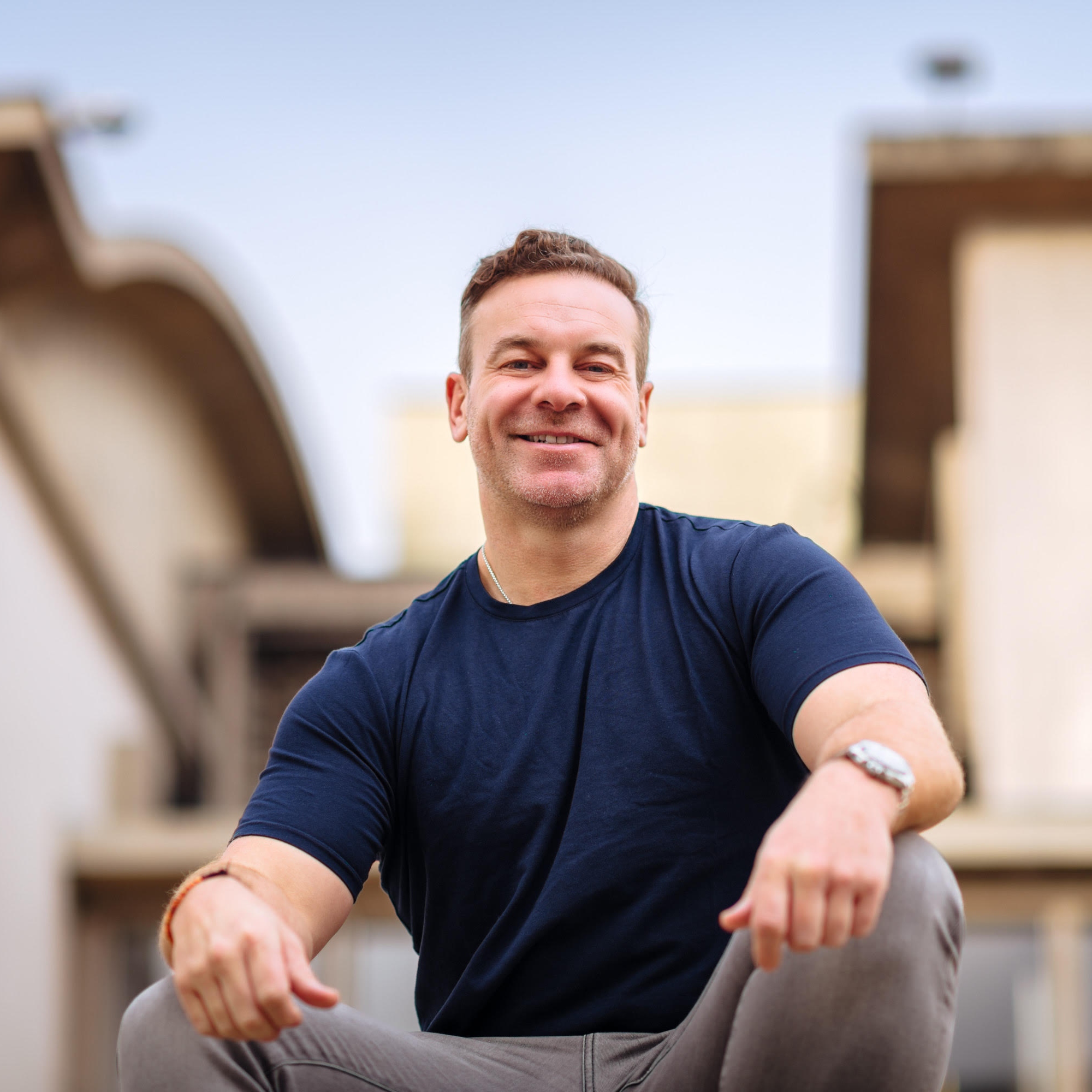
Bryan has been in the lawn care industry his entire career, since mowing neighbors' lawns in high school. GreenPal was born of the frustration Bryan observed while operating in the landscape business, and how difficult it is for homeowners to find, schedule, and pay a reliable small lawn care professional. He knows all the tricks to brilliant lawn and yard care, including natural and man-made pest barriers and learned through experience what works, and what doesn't.

Tommy Mello is a a home improvement and DIY expert, and the founder of A1 Garage Door Service, a $100M+ home service business. Founded in 2007, A1 Garage Door Service has become a home service industry leader. Tommy has experience of more than 200 landscaping projects across the last decade.

Rafi Friedman is the president of a pool building, construction and cleaning company in Florida. It services over 1,000 clients and builds over 100 pools annually. Since its founding in 1983, Coastal Luxury Outdoors has dedicated itself to building high-quality custom backyard experiences.
By understanding the factors influencing landscaping costs and using a strategic approach to budgeting, you can create a beautiful outdoor space that meets your needs without breaking the bank.
Next, check out these backyard privacy mistakes to avoid.
Join our newsletter
Get small space home decor ideas, celeb inspiration, DIY tips and more, straight to your inbox!

I'm a senior writer with an English degree and NCJ qualification, plus years of experience writing news, lifestyle and consumer articles for the national and international press. I'm also a copywriter, working on a breadth of consumer and corporate projects, and a private education consultant. I live in the quiet of the countryside and love completing DIY tasks to breathe life into my small, newly-built home.